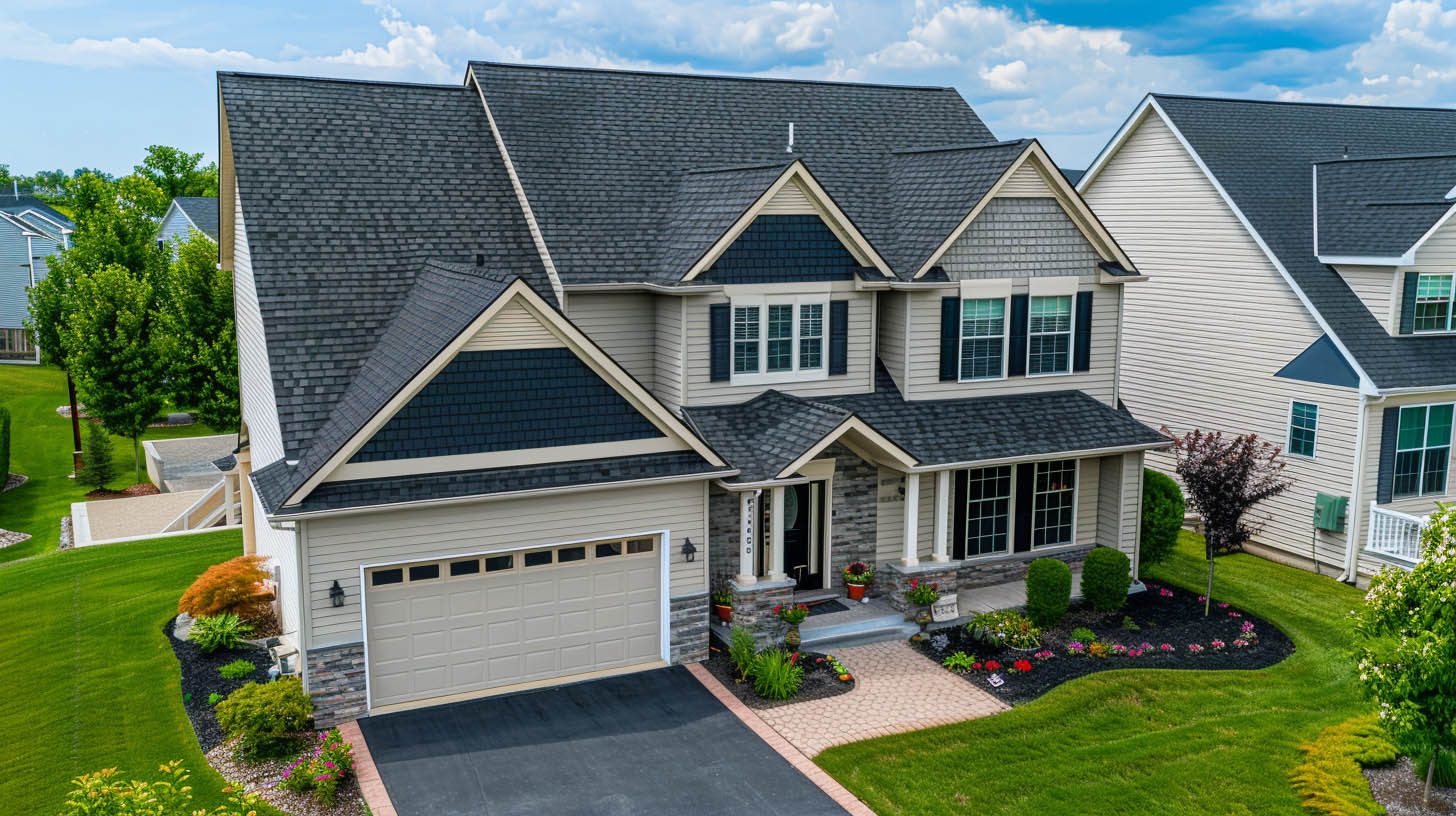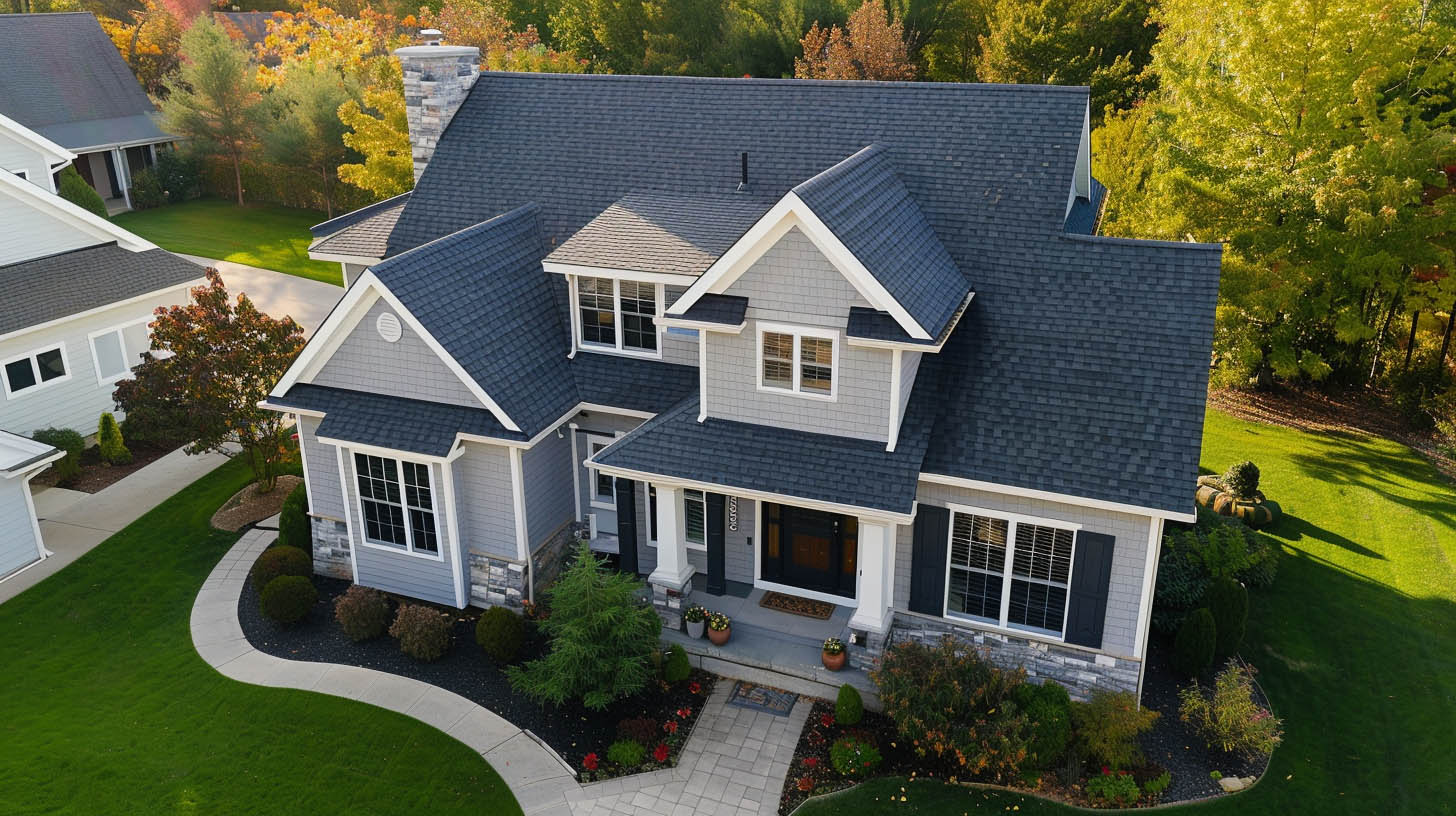
Understanding the Roofing Process
Before diving into the specifics of the timeline, it’s essential to grasp the stages involved in roofing installation. The process generally encompasses initial assessment, material selection, preparation, actual installation, and post-installation inspection. Each stage plays a pivotal role in ensuring the longevity and durability of the roof.Initial Assessment and Planning
The journey to a new roof begins with a thorough assessment of the existing structure. This phase involves inspecting the current roof to identify any issues, measuring the roof area, and determining the best materials and methods for the project. Planning also includes obtaining necessary permits and scheduling the work, considering weather conditions and the client’s availability.Material Selection and Delivery
Choosing the right materials is crucial for the project’s success. Options vary from traditional asphalt shingles to modern metal roofing, each offering different benefits in terms of durability, aesthetic appeal, and cost. Once selected, arranging the timely delivery of materials is essential to avoid delays.Preparation Phase
Preparation involves setting up the worksite for safety and efficiency. This includes protecting landscaping and adjacent areas, setting up scaffolding, and preparing the roof surface. For extensive projects, this phase ensures everything is in place for a smooth installation process.Installation
The core of the project, installation, depends on the complexity of the roof design, the chosen materials, and the team’s expertise. Skilled roofers remove the old roofing (if necessary), repair any structural damage, install underlayment and insulation, and finally, lay down the new roofing materials. This phase is critical and demands precision to ensure a leak-proof, durable roof.Final Inspection and Cleanup
After installation, a thorough inspection guarantees the roof meets all standards and expectations. The project concludes with a comprehensive cleanup of the worksite, ensuring the property is left in pristine condition.Factors Affecting the Timeline
Several factors influence how long it takes to complete a roof installation. These include:- Roof Size and Complexity: Larger roofs or those with complex designs (e.g., multiple levels, steep pitches) require more time.
- Material Type: Some materials are quicker to install than others. For instance, installing a metal roof might take less time compared to individual tile roofing.
- Weather Conditions: Inclement weather can cause unexpected delays. Planning the project during favorable weather seasons is advisable.
- Permitting Process: The time it takes to obtain the necessary permits varies by location and can impact the project timeline.
- Existing Roof Condition: If significant repair work is needed or if multiple layers of old roofing must be removed, the project will take longer.


